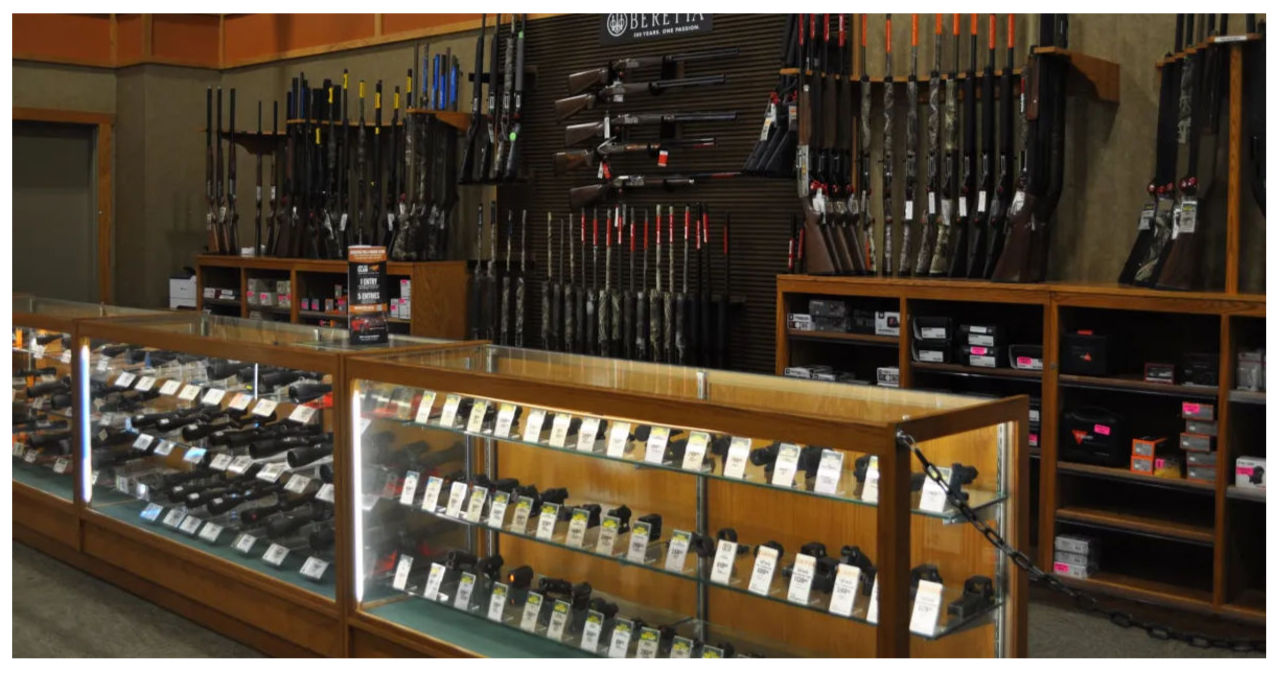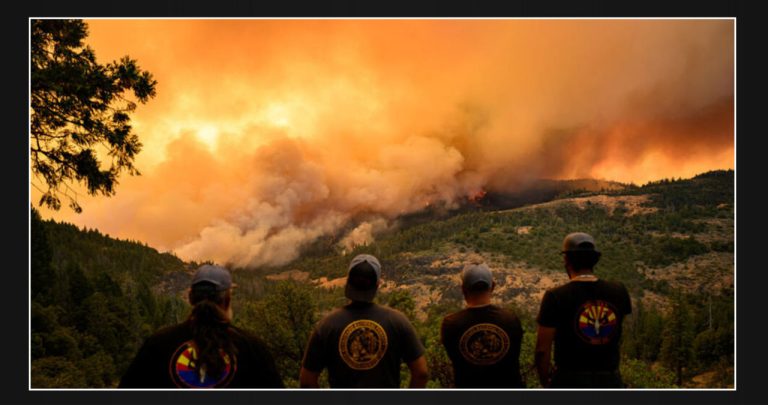Gunshot wounds have the unfortunate consequence of robbing hundreds of West Virginians of the opportunity to live long and healthy lives each year.
Gun wounds are responsible for causing a similar number of fatalities in West Virginia as car crashes and fires combined. According to the U.S. Centers for Disease Control and Prevention, guns ranked as the third-leading cause of injury deaths in the state from 2016 to 2021.
Unfortunately, West Virginia has missed a significant chance to curb the number of firearm deaths.
In 2020, the health department of West Virginia requested federal funding to tackle the issue at hand. In response, the CDC granted the state a sum of $525,000 over a span of three years. This funding aimed to facilitate the collection of firearm injury data from emergency rooms, with the goal of utilizing this information to prevent and effectively respond to future incidents of shootings.
The state health department collected this data but faced challenges in taking further action. Last summer, Mountain State Spotlight discovered that although they had devised a plan to link older adults with lock boxes and offer firearm safety classes to new gun owners, the progress had come to a standstill for nearly two years. With only weeks remaining before the grant period ended, there was no public evidence of the state agency implementing these plans.
Now that the grant period has ended, a significant portion of the state’s allocated funds will be going unused. According to a financial report from last December, the health department is projected to lose $454,000, which accounts for over 85% of the $525,000 it was initially granted but never utilized throughout the three-year grant period.
The CDC spokesperson has confirmed that the funds will be refunded to the U.S. Treasury.
According to Annie Moore, a spokesperson for the West Virginia Department of Health, the state agency plans to utilize alternative funds to disseminate health trend data to its partners. However, Moore did not disclose whether the data will be utilized for the prevention of firearm injuries.
Moore did not provide a reason for why the department did not utilize the remaining $454,000 during the grant period.
According to Daniel Webster, a professor at the Johns Hopkins Center for Gun Violence Solutions, it is disheartening to learn that the majority of the gun safety grant funds allocated to West Virginia’s health department were not utilized.
In an email, he expressed his concern over the news, stating that it is troubling and reflects the state’s lack of commitment to using data to prevent firearm injuries.
‘A loss of an opportunity’
According to the RAND Corporation, West Virginia boasts one of the highest gun ownership rates in the country, with approximately 58% of households owning firearms. Recognizing this, West Virginia’s injury prevention plan takes a unique approach. Instead of imposing restrictions on gun sales or limiting carrying locations, the plan prioritizes education for first-time gun owners and emphasizes the importance of safely storing firearms.
To effectively reach out to individuals who work with older adults, a brochure was developed. The aim was to provide them with essential information regarding the most suitable gun storage options for individuals with dementia. Moreover, the brochure also highlighted the optimal timing for family members to consider removing firearms from their homes.
According to Kayla Shaw, the executive director of the senior center in Pocahontas County, implementing this kind of brochure would greatly assist their nonprofit organization in improving the health and well-being of the individuals they cater to.
According to Shaw, many seniors prefer keeping their firearms readily accessible rather than locked away in a gun safe. He mentioned that quite often, the guns are already loaded and ready to use.
The plan also suggests giving firearm retailers access to injury data, which they can utilize to enhance their gun safety classes and promote them. This proposal is in response to the surge in first-time gun buyers during the pandemic, reflecting the growing number of Americans who have purchased firearms.
Both of these strategies have the same goal: to prevent West Virginians from being victims of self-inflicted or accidental shootings, as these incidents account for the majority of firearm-related deaths in the state. The CDC has commended these initiatives for their efforts.
Marissa Zwald, a leading CDC scientist involved in funding efforts for West Virginia and nine other states, expressed her admiration for the state’s approach to tailoring its prevention plan to the specific needs and desires of its residents.
In June of last year, she mentioned that certain states have begun to seriously consider their messaging strategies.
However, despite the optimistic reception of these ideas, it seems that they have been put on hold for the time being. In late July, the Alzheimer’s program director of West Virginia’s Bureau of Senior Services, which was mentioned in the plan as a collaborating group, stated that she had never been informed of any proposed partnership with the state health department for firearm injury prevention.
Currently, it appears that the Department of Health is not taking any action to prevent firearm injuries among the residents of West Virginia. In a recent development, the CDC did not provide the agency with funding for the next phase of firearm protection grants, which were intended to build upon the previous funding.
The Violence and Injury Prevention Program website of the agency does not provide any specific strategies to prevent firearm injuries. When asked about their current actions to decrease gun injuries, Moore chose to emphasize that the Department of Health has successfully fulfilled the data collection requirement for the grant.
Shaw finds it incredibly frustrating to witness the state returning such a significant portion of the grant funding. While she acknowledges that there are firearm safety strategies available for young children, she rarely sees any efforts being made to assist the elderly individuals she serves.
Shaw expressed his disappointment, stating, “That’s a missed opportunity. I fail to understand why they wouldn’t want to cater to the needs of older adults.”
The federal government granted West Virginia a sum of $525,000 to address gun fatalities. Surprisingly, the state is returning nearly the entire amount, as reported by Mountain State Spotlight, West Virginia’s civic newsroom.



